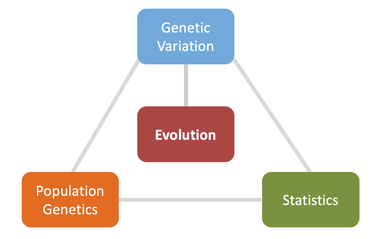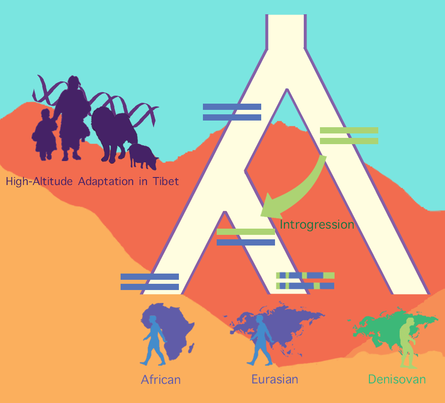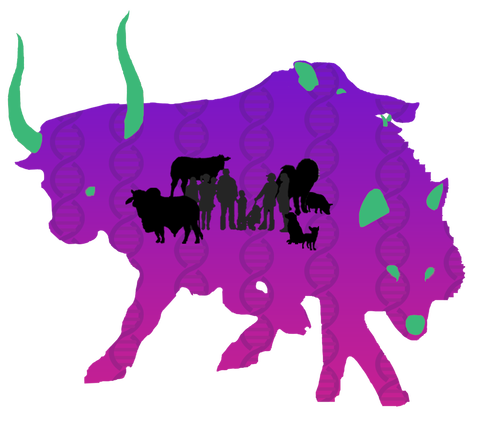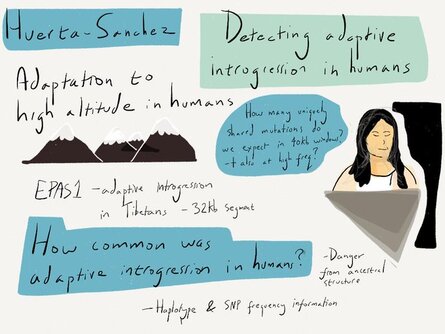|
Our research aims to reveal how evolutionary processes, in particular natural selection and population demography, have shaped the human genetic variation that we observe today and how it relates to human disease and environmental adaptations. My lab develops theoretical, computational and data-driven approaches to address these questions. Below is a brief description of our current research projects |
|
|
current research projects |
|
The impact of interbreeding with archaic humans— Sequencing whole genome sequences from Neanderthal remains, and the identification of the Denisovan genome using DNA recovered from a phalanx bone have led to some of the most stunning discoveries in human evolution in the past decade. Comparisons of archaic and modern human DNA sequence data have revealed that admixture between them occurred in the past, resulting in varying amounts of archaic DNA in our genomes at detectable levels. Investigating the impact of archaic
variation in modern humans and leveraging surviving archaic segments to learn more about the
extinct Neanderthals and Denisovans are active topics of investigation in my lab. Some of the questions we ask are:
variation in modern humans and leveraging surviving archaic segments to learn more about the
extinct Neanderthals and Denisovans are active topics of investigation in my lab. Some of the questions we ask are:
- What is the distribution or archaic ancestry in our genomes?
- Did archaic variation facilitate adaptations to different environments in humans?
- How has archaic ancestry changed through time in modern humans?
- How many times did introgression happen and when?
- What are the effects of admixture and natural selection in shaping archaic variation in our genomes?
Harnessing ancient DNA to investigate patterns of admixture through time — Recent studies continue to reveal that admixture has been more common than previously appreciated. Traditionally we, as a field, treat admixture as more of nuisance characteristic and try to correct it away or to exclude admixed individuals from population genetic analyses. However, we should leverage admixture and admixed individuals to investigate how admixture shapes patterns of genetic variation and its importance in facilitating adaptation to new environments. In our lab we are interested in developing methods for the study of ancient and modern DNA to characterize:
- How recent admixture events (like those in the Americas) have shaped patterns of genetic variation
- How recent admixture shape remnants of older admixtures (e.g. archaic ancestry)
Domesticates— We have ongoing collaborations to study ancient genomes from cattle and canines to study the role of admixture in the process of domestication.






